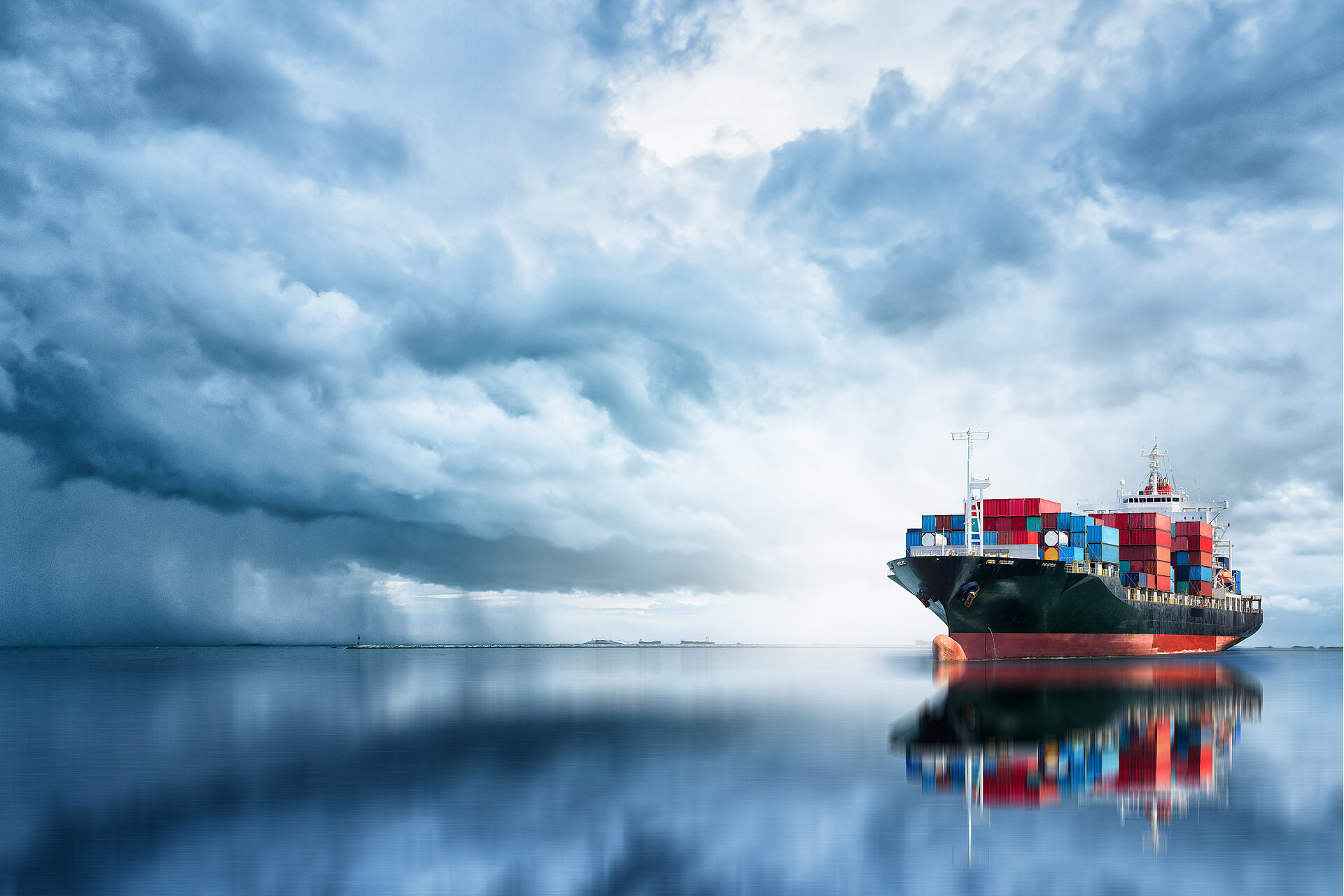Even 20 years ago, our podcast guest Dipl.-Ing. Christian Machens saw hydrogen (H2) as a possible energy source for future electric shipping, as the gas was already available 20 years ago (albeit not produced renewably!) and could be used cost-effectively and safely. To impress his professor and prove its feasibility, he quickly built a hydrogen boat himself. But that wasn't all: his small team of engineers created the first maritime hydrogen filling station for ships in Leipzig harbor (on the side).
Christian Machens still sees great potential for electrifying large parts of the shipping industry. Particularly in smaller ferries, sailing and private boats, existing free volume could already be filled with e-technology today, as weight plays a rather subordinate role in shipping.
The HYDRA's drive train consisted of the following components:
- Fuel cell: 2 x 8 ZeTek modules
- FC output: 6.9 kW DC (64-88 volts)
- System output: 5.5 kW DC
- Electrical efficiency: 60 % (0.55 Nm3H2/kWh)
- Efficiency (system): 42 % (0.8 Nm3H2/kWh)
- Hydrogen purity: 3.5 (99.95 %)
- Operating pressure: 50 mbar
- Dimensions: 1m x 1m x 1m
- Weight: 300 kg
- Operating temperature: 65 °C
- Electrolyte: 30% KOH
- Oxidizing agent: atmospheric oxygen (via scrubber)
- Gas consumption: a) 45 Nm3/h (oxygen), b) 5 Nm3/h (hydrogen)
- Production of reaction water: 4 l/h
- System cooling: a) River water - cooling water HEX (external circuit) b) Cooling water KOH HEX (internal circuit) c) Cooling water circuit with metal hydride reservoir

